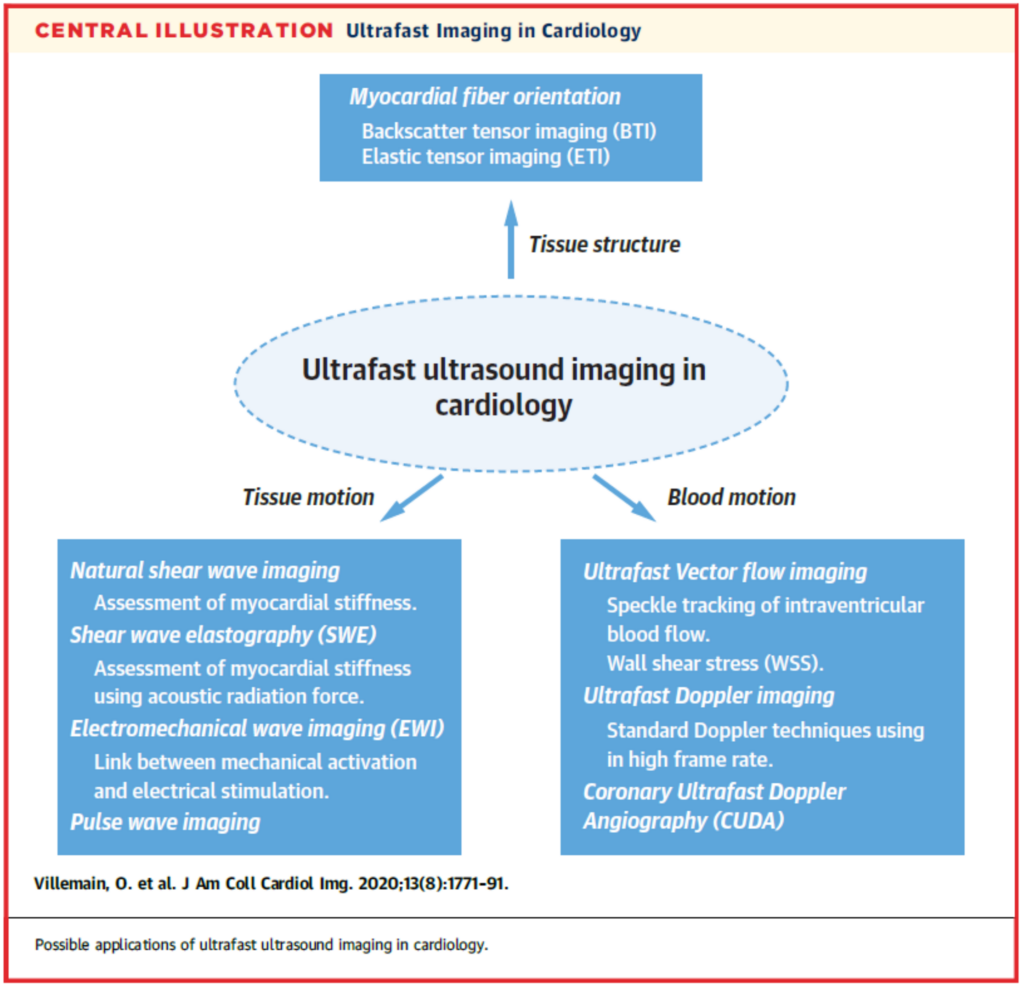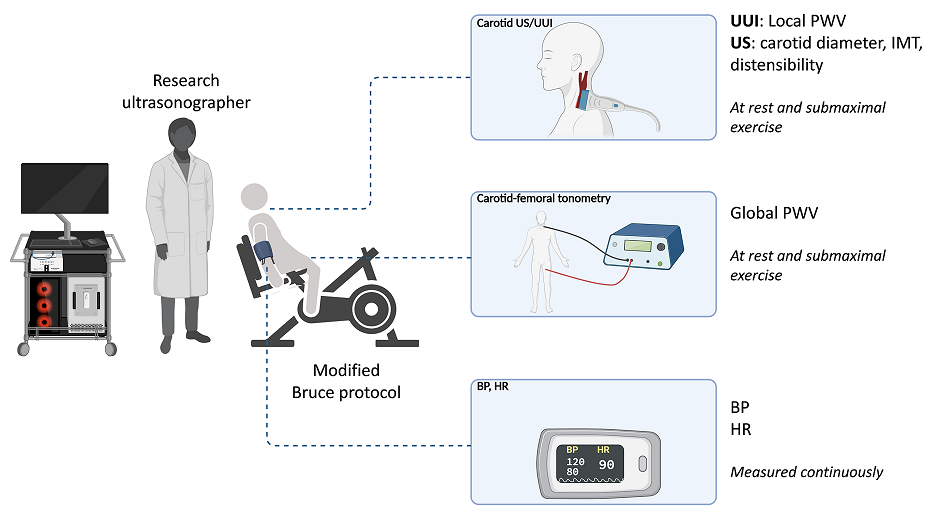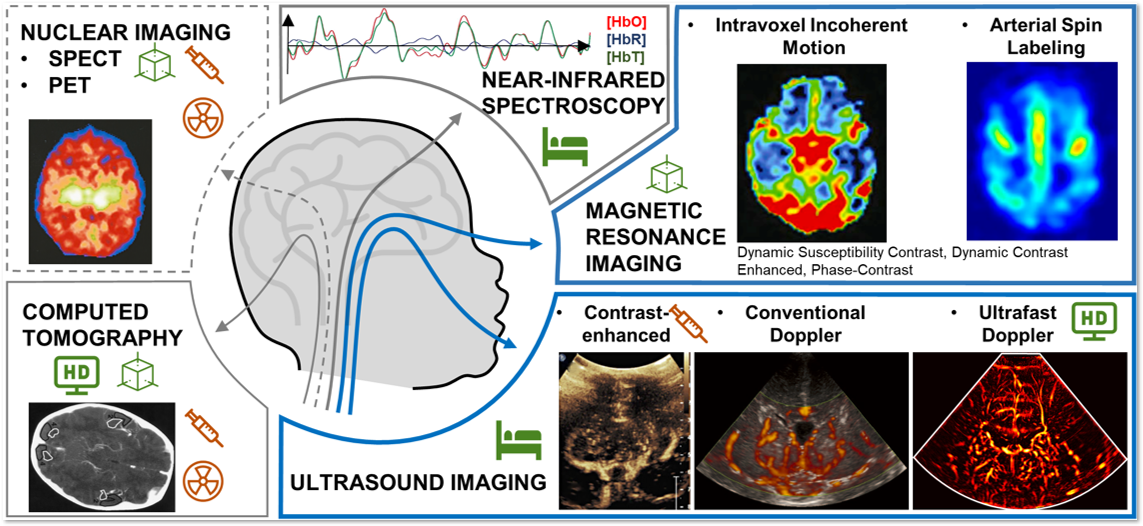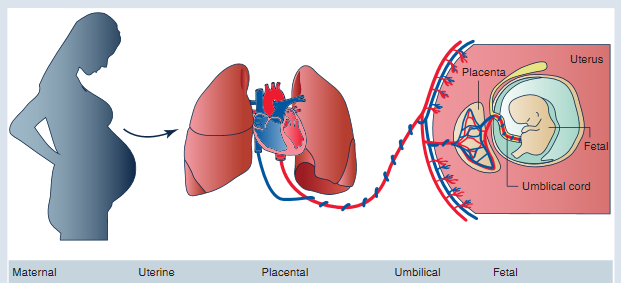PROJECTS
The Villemain lab runs a translational program. Starting with the development of a technology, the lab’s objective is to test its application and potential within a pre-clinical project (in vitro or animal model) and then to confirm its potential through clinical application studies. Click through the tabs below to learn more about how the Villemain Lab is using Ultrafast Ultrasound Imaging in different areas of medicine.
The team hopes to apply these new diagnostic tools in different areas of medicine to ultimately improve patient care.




